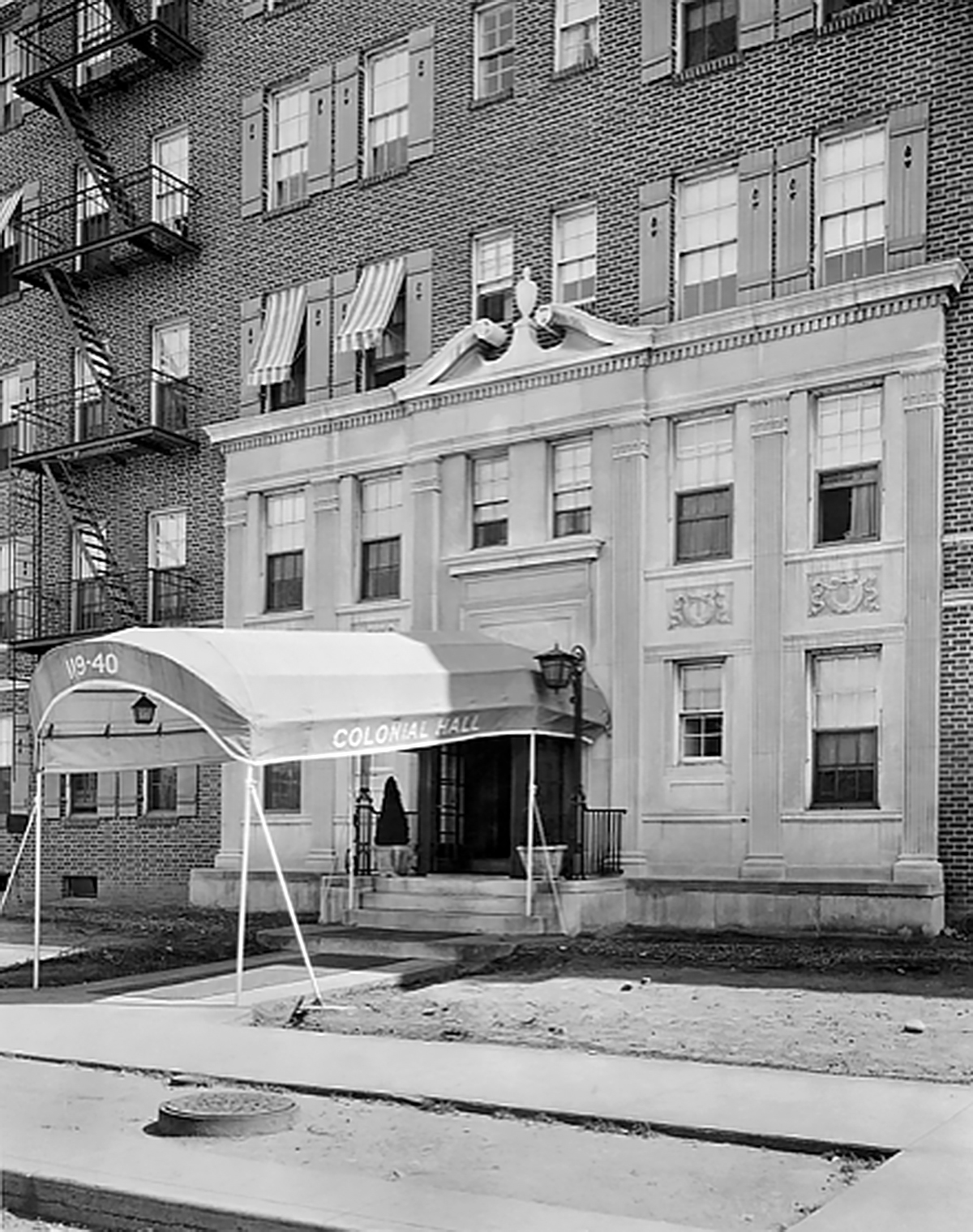The government’s 1930’s development project forever changed the landscape for Union Turnpike residents. This article explores the long-term consequences of our City’s decisions, even today.
If you’ve ever walked along the Forest Hills or Kew Gardens side of Union Turnpike between the Markwood Road/Park Lane interchange and Queens Boulevard, you probably found it quite uncomfortable or even jarring. The traffic zooms past the very narrow sidewalks. There is almost a complete lack of trees, shrubs and grass. It was not always so.
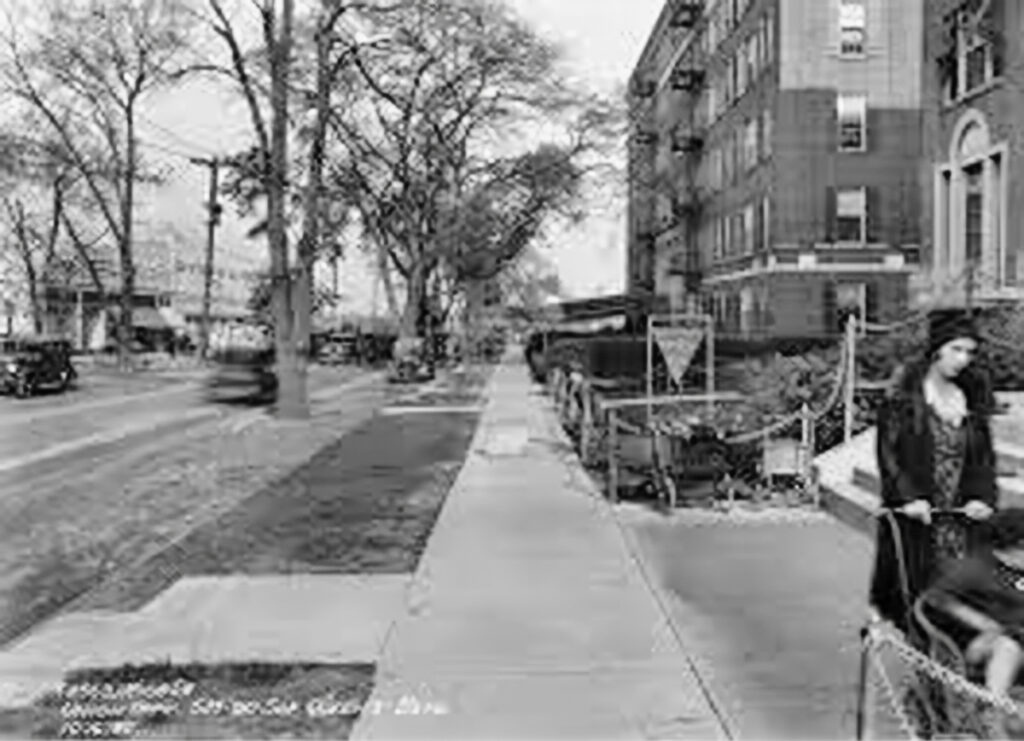
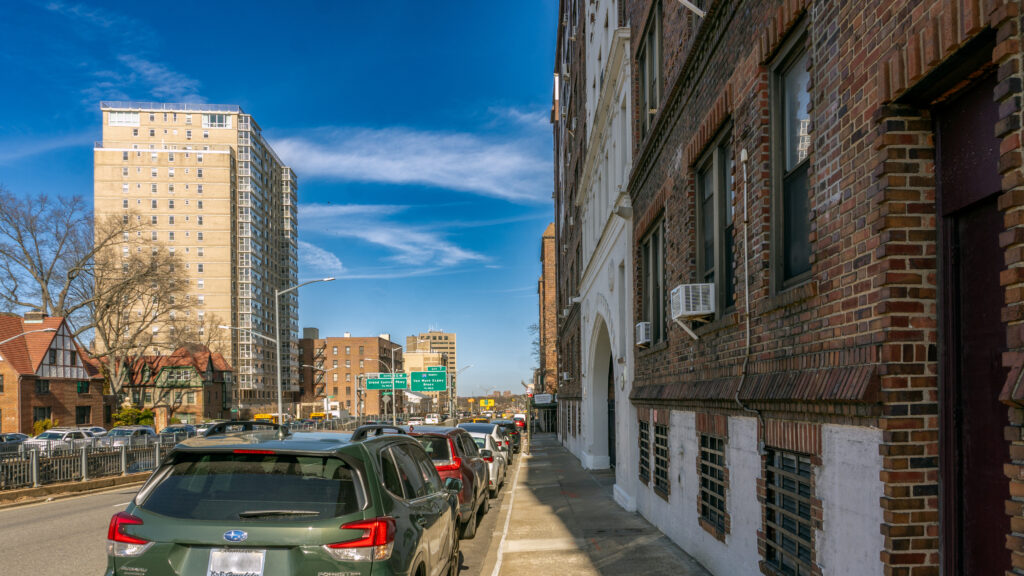
The Kew Gardens side once had broad sidewalks between grassy curb plots and gardens with flowers, shrubs and trees. Colonial Arms (now the Kew Gardens Apartments) at 119-40 Union Turnpike had a welcoming canopy along the walkway from the sidewalk to the steps into the building. On the Forest Hills side, the Kew Forest School had a very elegant circular driveway and entrance. Comfortable homes had front lawns and gardens as deep as 40 feet like the houses on the Markwood Road to Greenway North section of Union Turnpike.
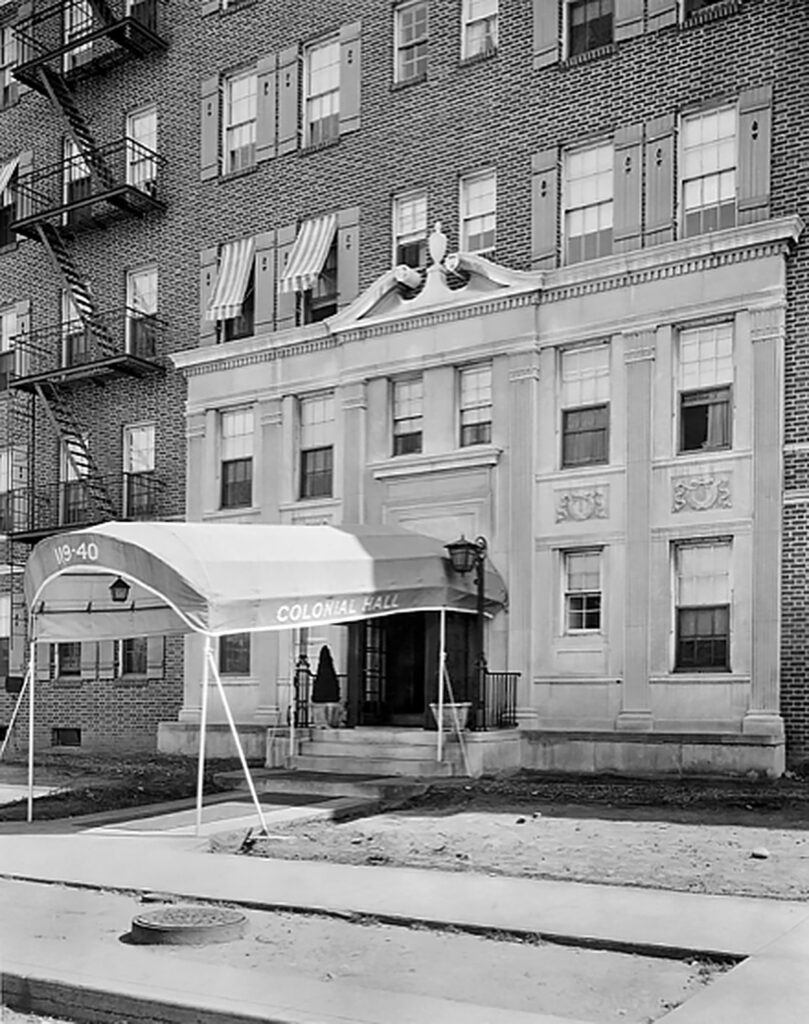
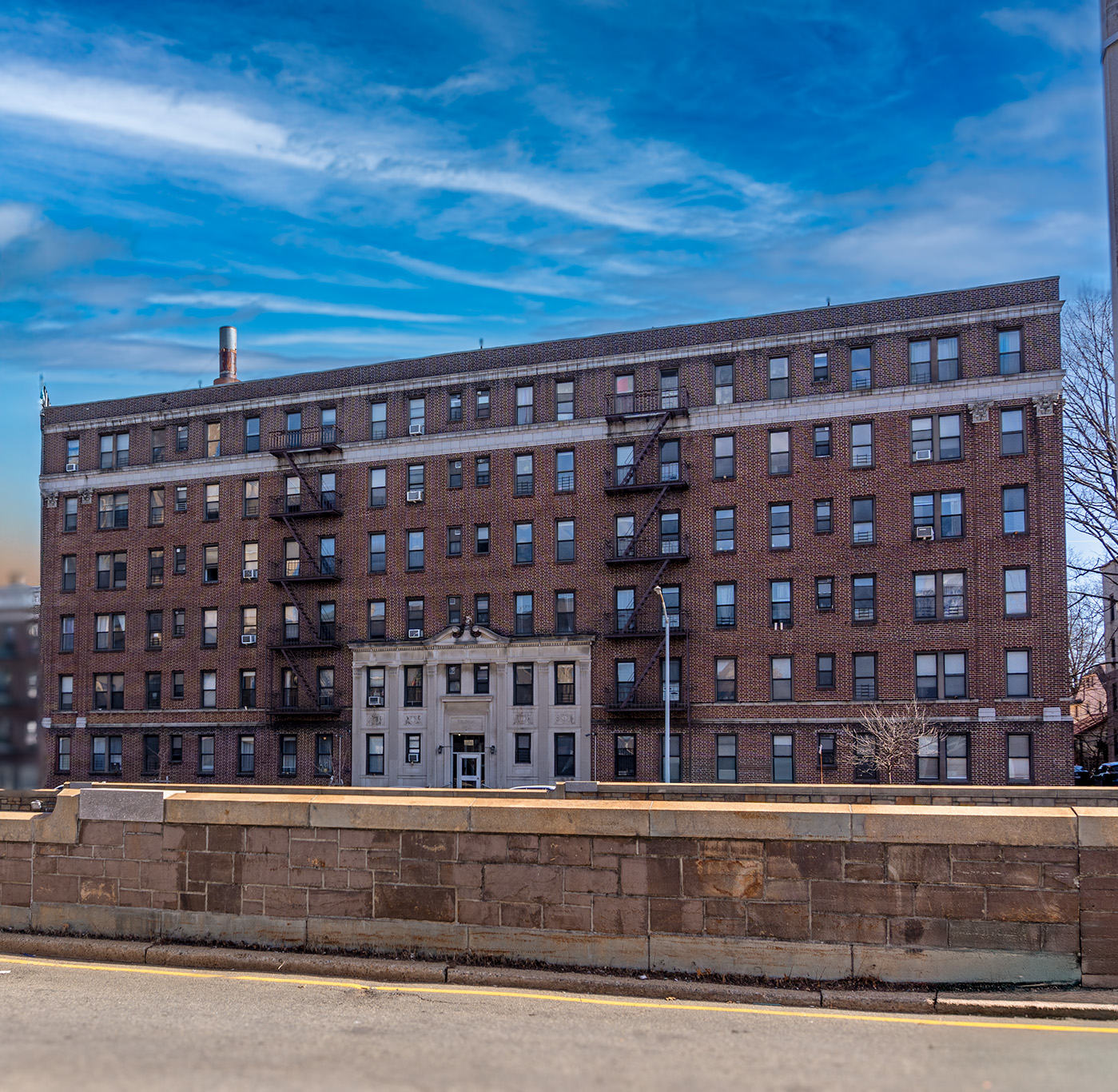
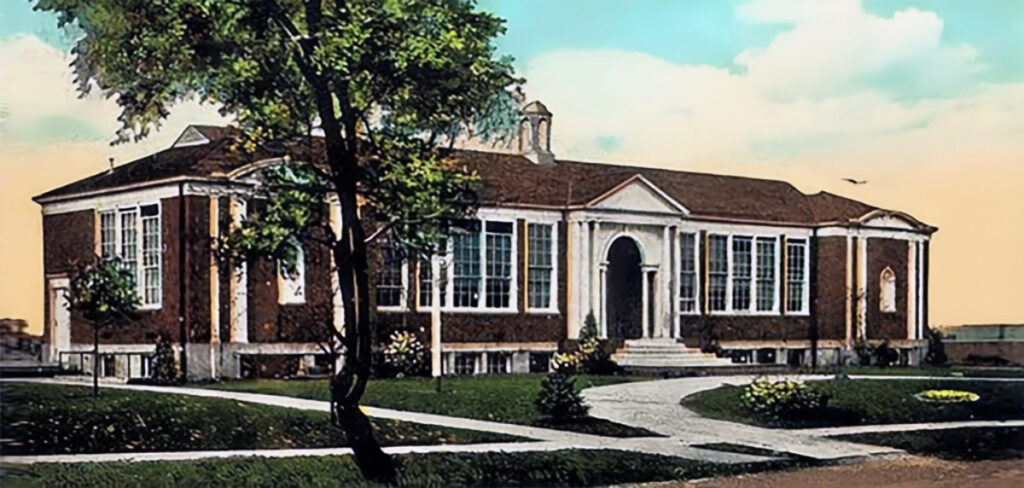
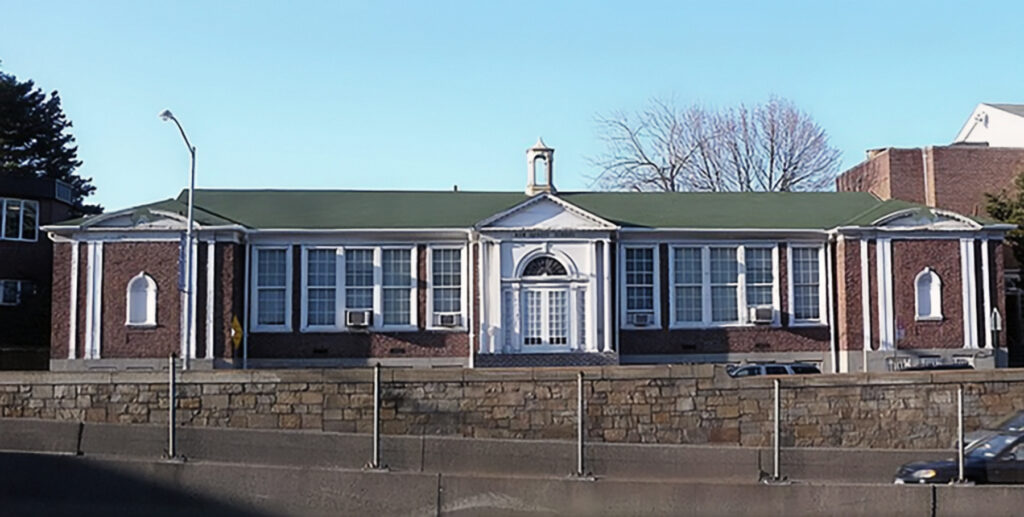
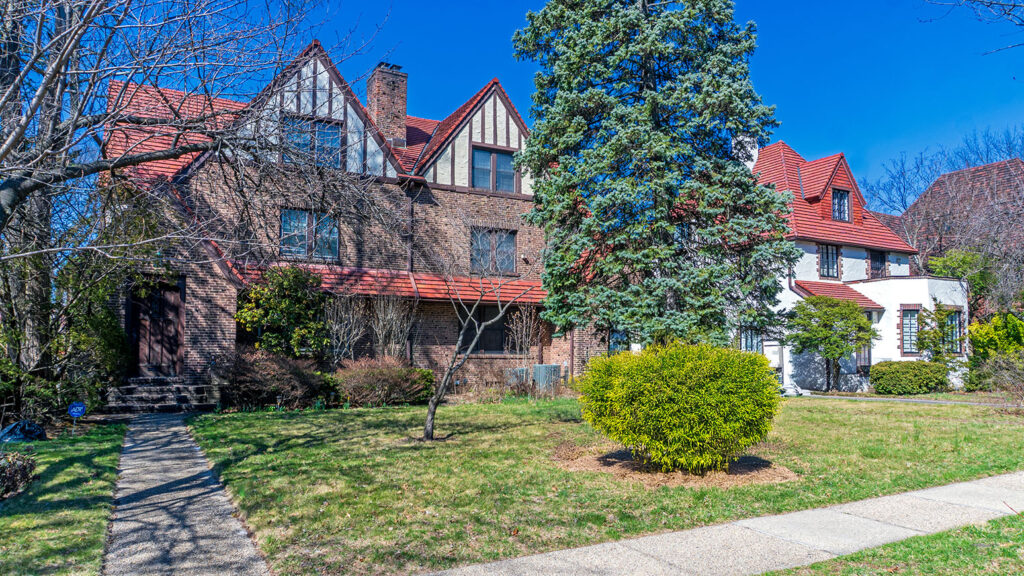
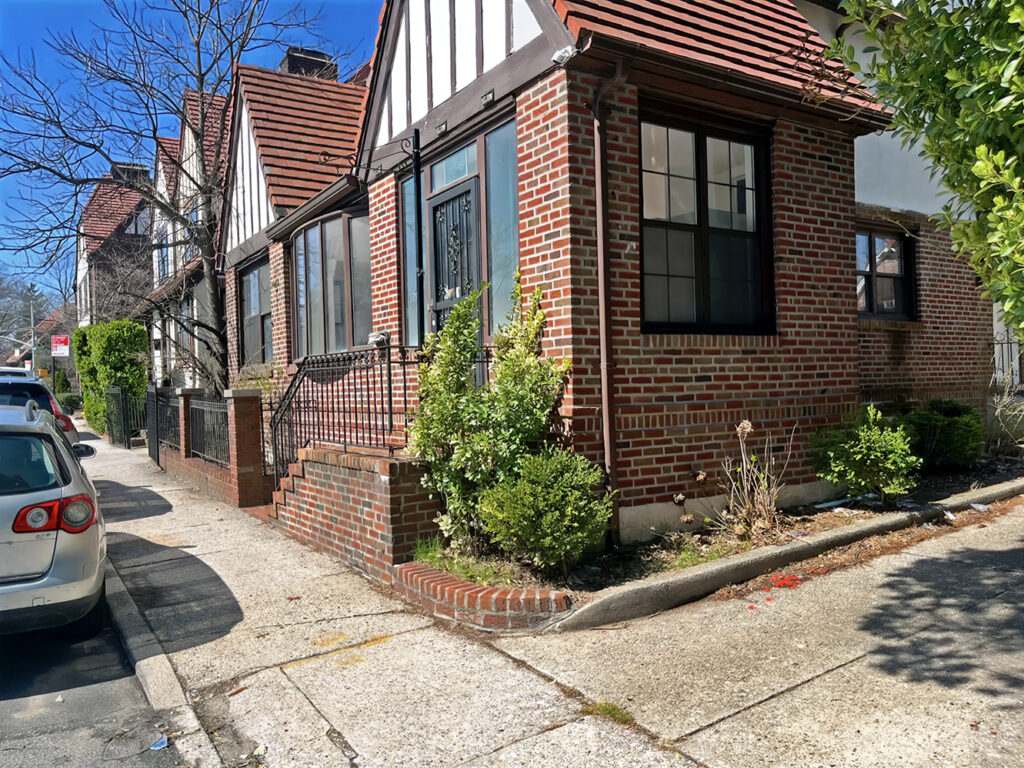
The dramatic change from “then to now” is the product of the construction of the Interborough Parkway (renamed the Jackie Robinson Parkway in 1997) in the first half of the 1930’s. In discussion for over 30 years, the Parkway was finally approved under the leadership of Robert Moses as the Parks Commissioner for Long Island. It is 5 miles long, running from Eastern Parkway in Brooklyn, through the Cemetery Belt, into Forest Park and then running along Union Turnpike, and under Queens Boulevard to connect to the Grand Central Parkway. At its terminus today, the “Kew Gardens Interchange,” the Jackie connects to eastern Long Island, Manhattan, JFK and LaGuardia Airports, the Bronx, Westchester and beyond.
The City exercised its right of eminent domain to acquire the property along Union Turnpike to build this final section of the new parkway. Eminent domain is the right of a governmental entity to take private property for public use and is frequently used for transportation infrastructure such as highways. The government is required to give “just compensation” to the property owners, but the owners are rarely satisfied with the amounts they receive, which are generally determined by a court proceeding.
Property owners along the Forest Hills side of the Turnpike were especially angry and upset about the damage and destruction to their homes, as well as the high-handed treatment they received from the City. A Brooklyn Daily Eagle article headlined “Owner Stirred by City Cutting Home in Half” from October 1933 likens the devastation to their semi-attached houses at 117-29 Union Turnpike and 78-18 Burns Street to that inflicted by Germany during its invasion of Belgium during World War I. The Forest Hills Gardens Corporation challenged the taking of the property of homeowners, as well as its own property, of course to no avail.
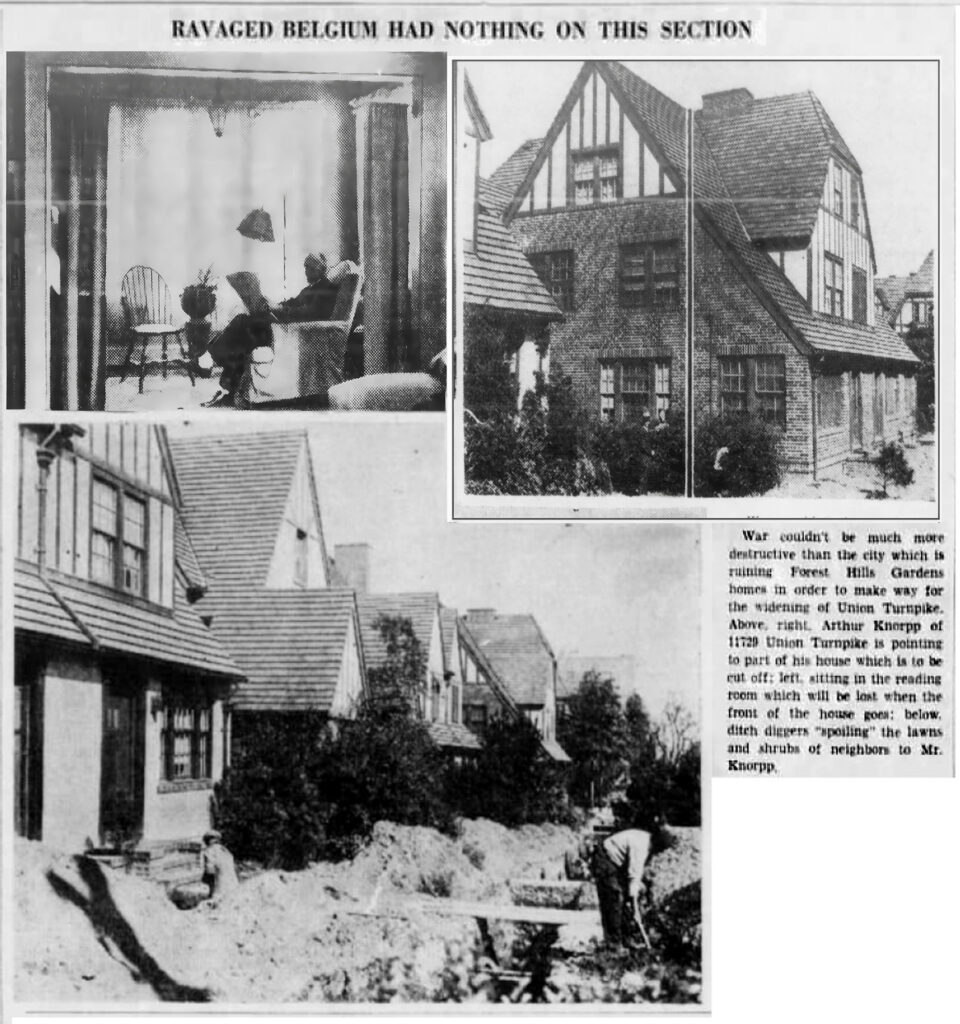
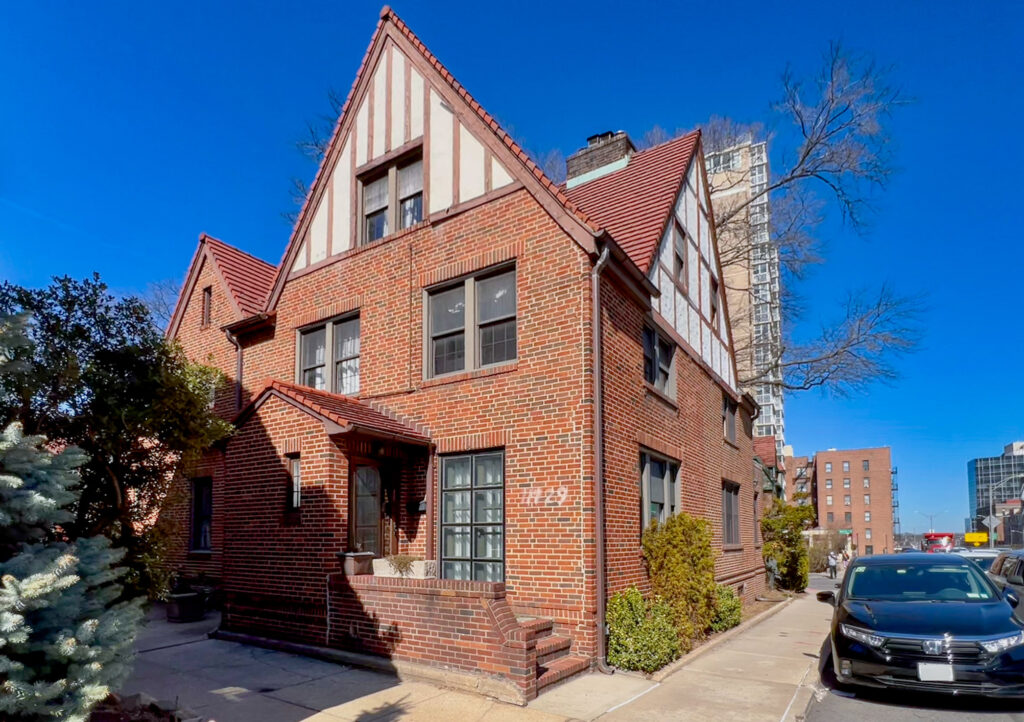
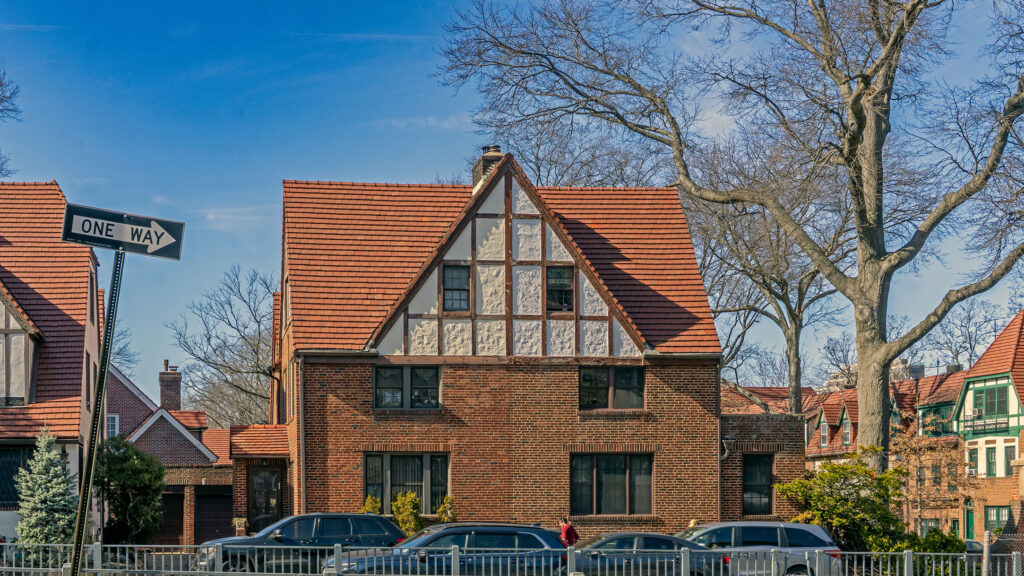
In December 2024, New York City adopted the “City of Yes for Housing,” a rezoning plan which removes barriers to building new housing and developments across all the City’s neighborhoods, and permits additional dwelling units on all one and two family properties. This means neighbors would be able to build apartments in attics and basements/cellars, convert garages and build new houses up to 800 square feet in their backyards. The new plan’s slogan, “a little more housing in every neighborhood,” reflects its purpose and scope.
The Kew Gardens Civic Association issued an assessment with illustrations of new building opportunities (KewGardensCivicAssociation.org) concluded that the“City of Yes for Housing” would substantially change the Kew Gardens community – increasing its density, impacting local infrastructure, and putting even more pressure on its already limited on-street parking . Apartment buildings could be built along Lefferts Boulevard. It calls for action on the part of its residents.
Deed restrictions on Forest Hills Gardens properties limit two-family houses to several specific areas such as Hawthorne Park and Burns Street, and require all permanent structures and construction to comply with the Gardens architectural guidelines and its covenants and restrictions. While it seems likely that these Gardens requirements would protect the neighborhood from the mandates of the “City of Yes for Housing,” only an actual court case would settle the issue. There is little question, however, that multifamily homes and apartment buildings will be built outside of the perimeters of the Gardens to the south and west, adding strain to this side of Union Turnpike as well.
Rezoning, however, is not eminent domain. Indeed, it is a neighborhood issue affecting all residents without even the compensation afforded by eminent domain.
A New York Times article from Sunday, February 16, 2025 with the headline, “Housing Crisis Reshapes a Rezoning Fight in Brooklyn,” illustrates this proposition. A City Council committee approved two 10-story apartment buildings on a site with a defunct commercial laundry next to a row of townhouses with 40% below-market units, and a child care center and an anti-domestic violence facility on the ground floor. The initial proposal had been for two 13-story buildings, with 25% below-market units and no social facilities. Eighteen months of debate and fighting between community leaders, including the City Council member for the district and the developers, resulted in some on all sides acceding to variations in the initial plans, with the final proposal likely to pass the City Council. Resistance is not always futile.
The final section of the Jackie Robinson Parkway will always look as it does now. The Kew Gardens Civic Association has rightly sounded the alarm.
Image of Colonial Hall at 119-14 Union Turnpike, October 31, 1935 (copyright: City of New York. credit: Courtesy of the Queens Borough Public Library, Archives Illustrations Collections – Kew Gardens).
Many thanks to Al Brand and Steve Silberberg for their invaluable support and advice in connection with this article, and to Eric Huber and Judith Todman for their assistance at the Archives at the Queens Borough Public Library.


